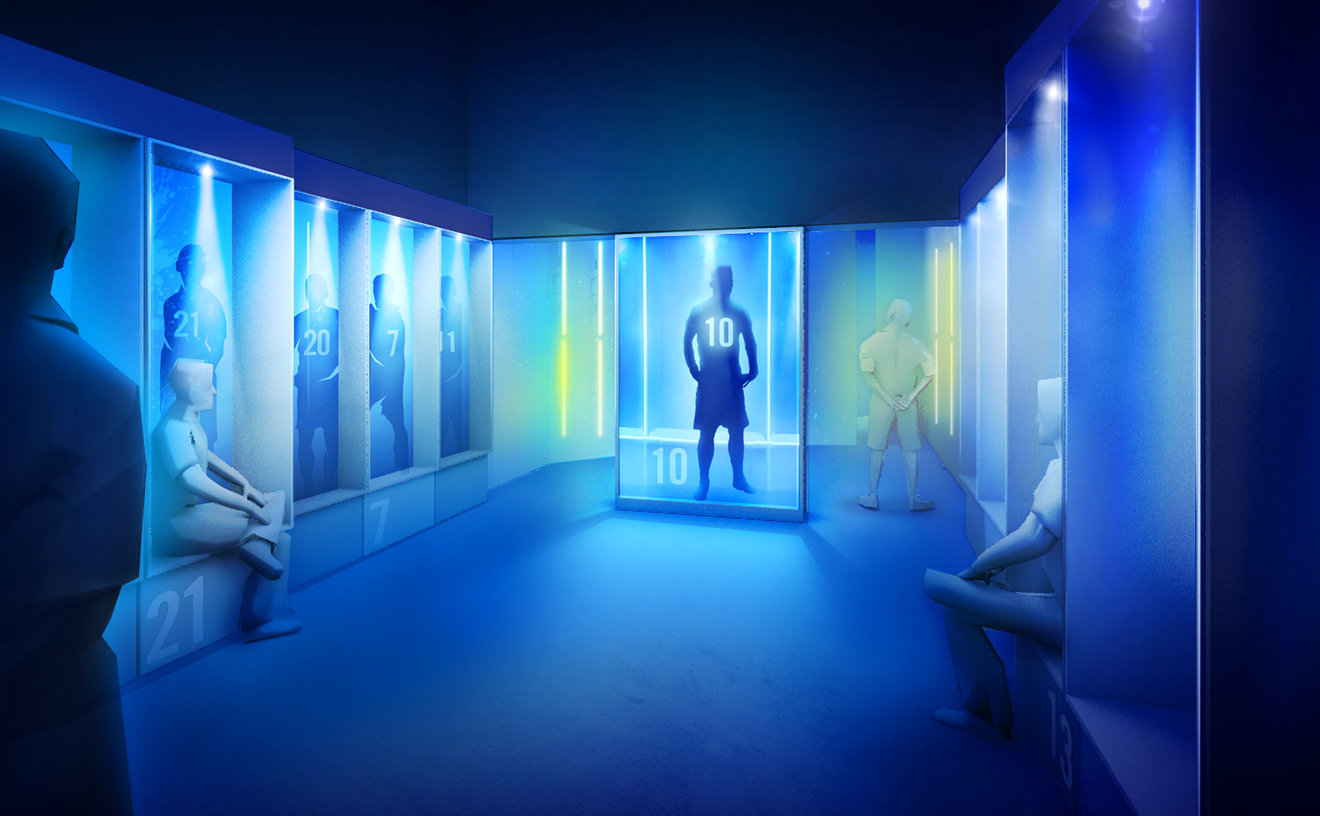The tents are gone and the handwringing dealers gone with them. This year's Art Basel crowds were noticeably thinner. At many of the fairs, dealers reported drops in sales, and the focus fell squarely on the art — where it belonged. But the energy was still palpable, and a cheery choir of visiting Baselites still sang Miami's praises and swore they'd be back next year.
Most notably, dealers at the fairs were downright cordial, taking time to explain works and speak about artists rather than profiling one and giving spectators the cold shoulder if they didn't appear affluent. It made a huge difference and balanced out the talk of a glum economy.
Because Basel is a gift that keeps giving, the great news is that Miami now finds itself with an embarrassment of riches at the local museums. They all opened up world-class exhibits that will be on view into the new year.
At the Bass Museum of Art (2121 Park Ave., Miami Beach) "Russian Dreams ...," a selection of cutting-edge works by contemporary Russian artists, is showing through February 8. The exhibition — which includes painting, photography, video, and installations — explores the evolution of Russian art from pre-glasnost times through the current day.
The exhibition is a tantalizing goulash of the work of modern Russian artists — a mix of icons and a generation of up-and-comers.
The first group of artists came to prominence in the Eighties and Nineties, during the epoch of the Russian underground and Gorbachev's perestroika.
At the time, "sots-art" — a satiric blend of socialist realism and pop art that parodied official state-produced art — was the dominant artistic mode.
The fresh crop of artists — now between 20 and 30 years old — developed their work in a new, post-perestroika Russia when government bans on personal expression were lifted, which changed the scope of established artists' work.
"This is an extraordinarily fecund time for Russian art, with a diverse group of artists producing exciting and innovative work," says Olga Sviblova, director of Moscow's Multimedia Art Museum and curator of the exhibit.
Among the many neck-craning pieces is Defile (2000-07), by the artists' collective AES+F. A collage of video and digital photography, it mixes images of unclaimed corpses in a morgue with shots of haute couture dresses. It pokes fun at the runway shows of Paris, Milan, and London by depicting anonymous stiffs decked out in high fashion while floating over an invisible catwalk.
Making its world premiere at the Bass, Yuri Avvakumov's Black Bone Mausoleum (2008) pays homage to acclaimed Russian architect Aleksey Schusev. The arresting work comprises 3,500 dominoes studded with Swarovski crystals.
Andrei Molodkin's Democracy (2000) features a series of transparent bubble letter vessels filled with crude oil. By transforming oil from a natural resource into an aesthetic material, Molodkin seeks to explore the troubling intersection between art and money, and in so doing questions the role of oil in Western democracies.
"To truly understand this incredible moment in contemporary art, we need to look back to the generation of artists who had been categorized in an oddly romanticized way simply as 'underground,'" Sviblova says. "'Russian Dreams ...' allows us to re-examine the works of these influential sots-art artists in their own right and, in doing so, appreciate their impact upon artists working today."
Miami Art Museum is offering a trifecta of smash-up shows to usher in 2009.
Presented by MAC @ MAM, "Moving Through Time and Space" marks Chantal Akerman's first major traveling exhibition in the United States.
The exhibition features multimedia video installations from her documentary series D'Est (From the East), From the Other Side, Là-Bas, Sud, and a new work created especially for the show. From the Other Side (1999) provides sobering testimony to the plight of Mexican immigrants as they attempt the dangerous crossing from Mexico to the United States. Another short film, Sud, was inspired by Akerman's love for the work of Southern writers William Faulkner and James Baldwin, but quickly shifts from an elegant meditation on the South to a passionate documentary that captures the tumultuous aftermath of the murder of James Byrd Jr. in Jasper, Texas.
Finally, Là-Bas is a rare self-reflective piece about Akerman's Jewish heritage, filmed almost exclusively inside her Tel Aviv apartment.
In MAM's New Work Gallery, Yinka Shonibare's A Flying Machine for Every Man, Woman and Child offers a high-wattage commentary about refugees seeking a new life on our shores while millions of tourists arrive here for a romp in the sun.
The installation, which was built specifically for Miami, seeks to capture what the Magic City represents for millions of Haitian and Cuban refugees who have made it a new home. Shonibare, who is British-born of Nigerian parents, creates works that oscillate with the hum of African and European cultures, reflecting the legacy of the colonizer and colonized.
His installation features an idealized family garbed in wax-printed 19th-century-inspired duds aboard an old-fangled human-powered flying contraption whisking them to the promised land.
At MAM's Plaza Level Gallery, "Objects of Value," a provocative group show including more than a dozen artists, offers a timely and stinging commentary on the economic crisis.
Dario Escobar's Silver Skateboard — a bone-crunching piece confected from silver, tin, wood, and plastic — is a striking reminder of art's power to help hard times seem to zip by.
Next week: Look for a roundup on the Frost Art Museum, Lowe Art Museum, and Museum of Contemporary Art.










